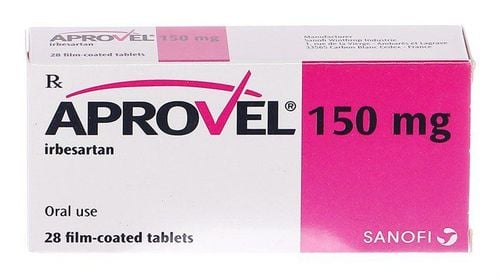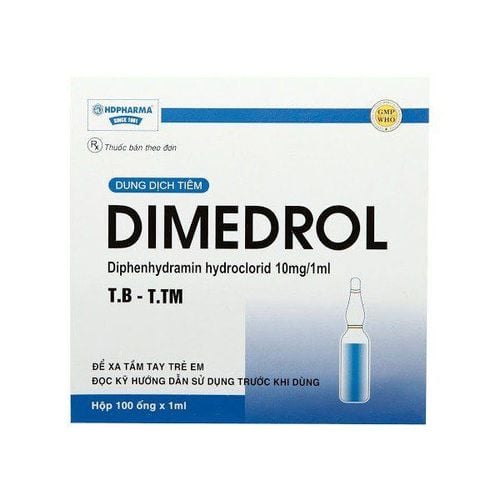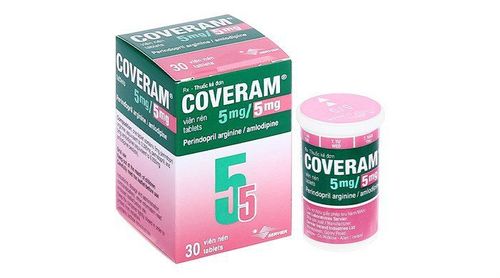Latex allergy is the body’s immune response to specific proteins found in natural rubber latex. This condition can lead to symptoms ranging from itchy skin and hives to life-threatening anaphylaxis.
1. Latex Allergy: Symptoms and Treatment
Latex allergy is the body’s immune response to specific proteins found in natural rubber latex. This condition can lead to symptoms ranging from itchy skin and hives to life-threatening anaphylactic shock. Common symptoms of latex allergy include:
- Itching
- Red skin
- Rashes
- Sneezing
- Runny nose
- Itchy, watery eyes
- Difficulty breathing
- Wheezing
- Coughing
Anaphylaxis is a severe and potentially fatal allergic reaction. Its signs and symptoms may include: difficulty breathing, rashes or swelling, nausea and vomiting, wheezing, low blood pressure, dizziness, loss of consciousness, rapid or weak pulse.
2. How to Prevent Latex Allergy

To prevent latex allergy, it is essential to minimize contact with latex-containing products, including:
- Dishwashing gloves
- Certain types of rugs
- Balloons
- Rubber toys
- Hot water bottles
- Baby bottle nipples
- Some disposable diapers
- Rubber bands
- Erasers
- Condoms
- Swim goggles
- Racket handles
- Motorcycle and bicycle handles
- Stethoscopes
- Syringes
- Respirators
Many healthcare facilities now use non-latex gloves. However, as other medical supplies may still contain latex or rubber, inform healthcare providers about your latex allergy before undergoing any medical procedures.
Article referenced source: mayoclinic.org
To arrange an appointment, please call HOTLINE or make your reservation directly HERE. You may also download the MyVinmec app to schedule appointments faster and manage your reservations more conveniently.








